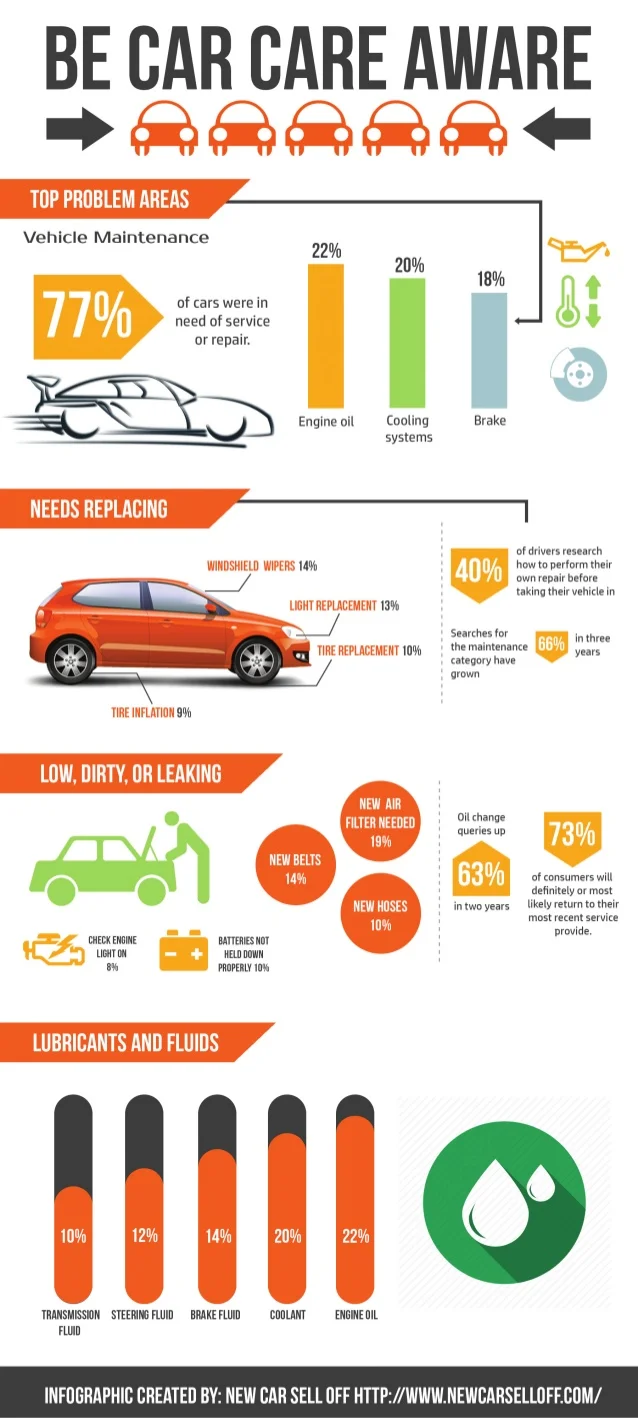Recognizing Your Auto'S Caution Lights: What Do They Actually Mean?
Recognizing Your Auto'S Caution Lights: What Do They Actually Mean?
Blog Article
Produced By-Boye Gilbert
When you're behind the wheel, those beautiful warning lights on your control panel can be a little bit perplexing. Do you know what they're trying to inform you concerning your auto's wellness? Understanding the significance of these lights is crucial for your safety and the long life of your lorry. So, the next time one of those lights appears, would not you want to decode its message accurately and take the needed steps to resolve it?
Common Caution Lighting and Interpretations
Identify typical warning lights in your automobile and understand their significances to make sure secure driving.
One of the most normal warning lights include the check engine light, which signals problems with the engine or exhausts system. If this light comes on, it's essential to have your car inspected without delay.
paint correction auckland alerting light shows low oil pressure, calling for immediate interest to avoid engine damage.
A blinking battery light might suggest a malfunctioning charging system, possibly leaving you stranded otherwise dealt with.
The tire stress tracking system (TPMS) light notifies you to reduced tire pressure, influencing car stability and gas efficiency. Ignoring this can result in risky driving problems.
The abdominal muscle light indicates a problem with the anti-lock braking system, endangering your ability to quit quickly in emergency situations.
Lastly, the coolant temperature advising light warns of engine getting too hot, which can lead to severe damage if not resolved swiftly.
Comprehending these usual caution lights will aid you deal with concerns quickly and maintain secure driving problems.
Value of Prompt Focus
Comprehending the usual warning lights in your vehicle is only the initial step; the significance of quickly addressing these cautions can't be highlighted sufficient to guarantee your security when driving.
When a caution light brightens on your dashboard, it's your cars and truck's way of interacting a possible concern that needs attention. Neglecting these cautions can cause a lot more extreme problems down the road, jeopardizing your safety and potentially costing you a lot more in repairs.
Trigger attention to advising lights can protect against failures and mishaps. As an example, a flashing check engine light might suggest a misfire that, if left unattended, might cause damages to the catalytic converter. Addressing this quickly can save you from an expensive repair service.
Likewise, Read Webpage cautioning light might signify low brake liquid or used brake pads, essential elements for your safety and security when driving.
DIY Troubleshooting Tips
If you notice a warning light on your control panel, there are a couple of DIY troubleshooting pointers you can attempt prior to looking for expert help.
The initial step is to consult your auto's manual to comprehend what the certain caution light shows. Occasionally the concern can be as easy as a loose gas cap activating the check engine light. Tightening up the gas cap may deal with the problem.
An additional common problem is a reduced battery, which can set off various advising lights. Examining the battery connections for deterioration and ensuring they're protected might fix the problem.
If a caution light continues, you can try resetting it by disconnecting the auto's battery for a couple of minutes and after that reconnecting it. Additionally, inspecting your automobile's liquid degrees, such as oil, coolant, and brake liquid, can aid troubleshoot alerting lights associated with these systems.
Conclusion
To conclude, understanding your automobile's caution lights is necessary for keeping your vehicle running smoothly and safely. By quickly attending to these informs and knowing what they indicate, you can avoid expensive fixings and potential break downs.
Remember to consult your car's manual for particular details on each cautioning light and act appropriately to ensure a hassle-free driving experience.
Keep educated, stay safe when traveling!
